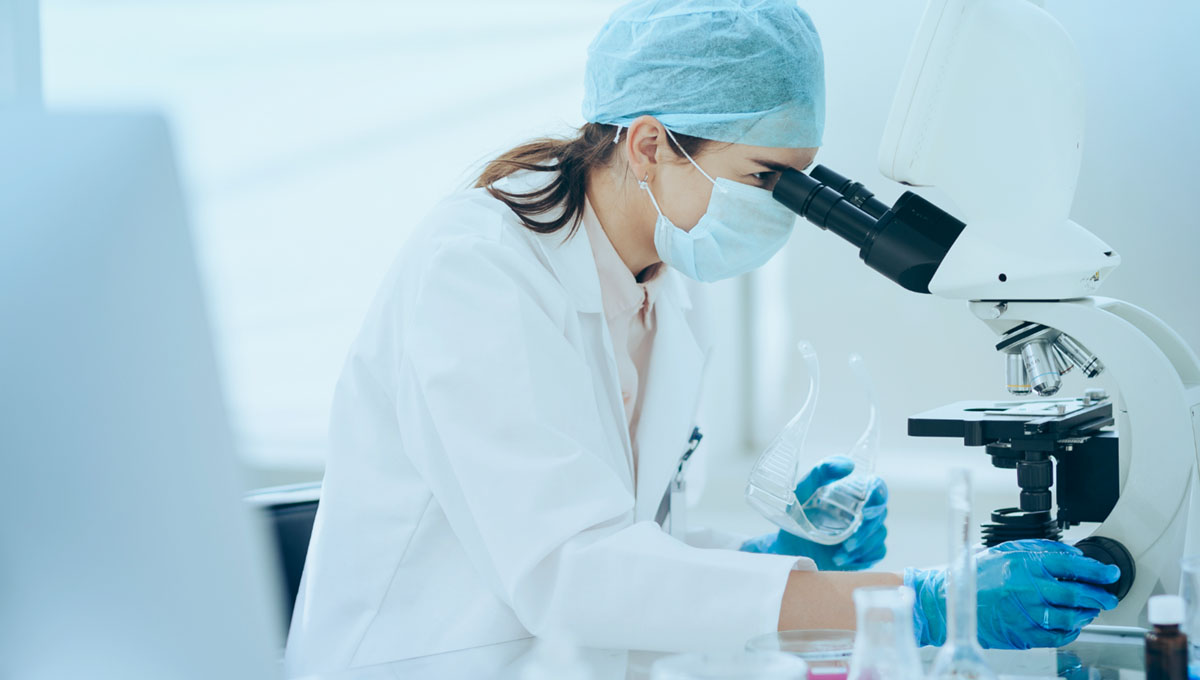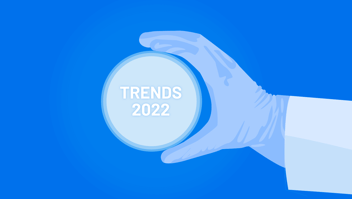When conducting biotech and pharmaceutical research to develop new drugs, there’s no such thing as cutting corners or skipping any steps. Instead, these phases help to ensure all pharmaceuticals are held to a certain safety and quality standard.
However, that doesn’t mean that pharmaceutical development hasn’t experienced any changes over the past few years. On the contrary, since the beginning of 2020, scientists, researchers, and lab managers have been redefining what it means to conduct clinical research.
Before the COVID-19 pandemic ushered in a new era of pharmaceutical innovation, the typical timeline for completing all the phases of biotech research took an average of six to seven years to complete. Since the start of the pandemic, time has been of the essence when it comes to biotech research. Research and pharmaceutical development labs around the world have worked overtime to expedite this process, in the name of global health and safety.
Here is a closer look at the phases of biotech research and pharmaceutical development, and the research opportunities they provide.
The 6 Phases of Biotech Research and Pharmaceutical Development
To bring a new drug or therapy to market, scientists need to partner with business and financial experts who help to facilitate funding, grants, lab space, and other needed resources. During drug development and pharmaceutical R&D, a biotech lab can cost upwards of $100,000 per day to operate, so efficiency is key to supporting a successful R&D process.
Here’s how new pharma biotechs go from preclinical to clinical and bring life saving therapies into the hands of healthcare providers who can use them to change patients’ lives.
Phase 1: Have an idea.
Sometimes referred to as the discovery phase, the first step in biotech research is also the most straightforward one — have an idea.
Is there a healthcare problem or symptoms that could be improved with the development of a new drug? Have you gained new insights into a disease process and you want to reverse its effects? Maybe you are even trying to create a replacement for a pharmaceutical that already exists, by developing a treatment with lesser side effects.
While completing every phase of the pharmaceutical development process is a joint effort, it is especially pertinent to collaborate during the idea generation phase. Decide which idea you are going to research based on the current ongoing projects at your lab, current supply chain disruptions, and other external factors that could affect the progress of your research.
Phase 2: Join an incubator or accelerator.
Biotech incubators and accelerators are research labs, groups of labs, and facilities that provide scientists and researchers with mentoring and networking opportunities and financial support, while conducting ongoing research. The best incubators are designed to support and nurture ongoing research and provide development opportunities for scientists and other lab team members.
Once you have determined which idea you are going to develop further, joining an incubator or biotech accelerator to advance your research will ensure that you have access to all the tools and supplies you need to get it done.
Top Incubators for Biotech Research in 2022
Phase 3: Obtain funding.
There are more opportunities than ever to obtain funding for biotech research. Ever since the successful development of COVID-19 vaccines and treatments, venture capital funding for the life sciences has hit record highs. As of September 2021, life science funding in the United States reached $30 billion as droves of startup and state-owned biotech companies entered the public market.
The best part is, this funding is accessible to life science labs of all shapes and sizes. To obtain funding for your research project, consider applying for a grant or funding program using resources such as:
- Grants.gov
- The National Institutes of Health (NIH) Office of Extramural Research
- The National Science Foundation
- Grant Search from the AASCU
Phase 4: Conduct preclinical research.
The preclinical phase of biotech research (sometimes referred to as the nonclinical phase) is when scientists begin to answer all of the basic questions about a pharmaceutical's safety. The goal of this phase is to determine a drug's toxicity before it is tested on humans, or to learn more about a specific biological process, property, or chemical. The preclinical research phase is essential to accurately determining whether or not a drug should proceed with being tested on people.
Preclinical research can open the door for further clinical research in a variety of fields and applications, like how mRNA vaccine research for COVID-19 can be applied to other applications, like cancer research and other autoimmune diseases.
All of the basic minimum requirements for the preclinical phase of biotech research can be found in the Good Laboratory Practices guide from the FDA.
Phase 5: Conduct clinical research.
The clinical phase of biotech research is when studies are done to determine how developed pharmaceuticals will interact with a human body through trials and studies. Before proceeding with your clinical research, determine what you are planning to accomplish during this phase. What effects are you intending the pharmaceutical to have on subjects? Outline your goals for the clinical research phase and include research biases, a varied group of clinical trial candidates, and detailed discussions on how drugs may affect individuals differently.
Biopharma R&D has gone digital, leading to better ROI and outcomes in biotech research. See how labs have undergone digital transformations and how virtual lab operations have accelerated biotech research operations using technology like biosensors.
Phase 6: Apply for FDA approval.
While biotech researchers and pharmaceutical developers are welcome to ask the FDA for assistance at any point during this process — to review FDA documents at any time, to ask questions, to obtain guidance when designing studies — it is only after successful completion of clinical research that scientists need to apply for approval from the FDA.
Once submitted, the FDA review team either approves or does not approve of each drug application. Typically, the FDA review process takes up to one year. But in light of the COVID-19 pandemic, many new drug approval timelines have been accelerated in the name of public safety.
It is an exciting time to be conducting biotech research. Funding is at an all time high and life science innovation shows no signs of slowing down.




